How To Use A Polarizing Filter
Equally photographers, we're always on the lookout for ways to improve our photography. One fast and piece of cake ways to enhance your images is with the addition of a polarizing filter.
Polarizing filters are relatively inexpensive, and learning how to use one volition help yous to capture dramatic images for years to come. This is 1 filter that yous'll desire to invest in, and is a bang-up way to accept your photos up a notch. Additionally, many of the effects of these filters can't be recreated in postal service processing, making information technology an particularly valuable filter to have.
A polarizing filter works by blocking some of the light from reaching the photographic camera's sensor. Much like wearing a pair of polarized sunglasses, the polarizing filter eliminates some of the glare and improves color saturation – especially in the sky. These filters are specially useful for landscape photography where yous volition often be left with some unsightly haze in the distance. They're also great for portraiture or situations where you want to cut through reflections and glare – something yous'd have a hard time doing in post processing.
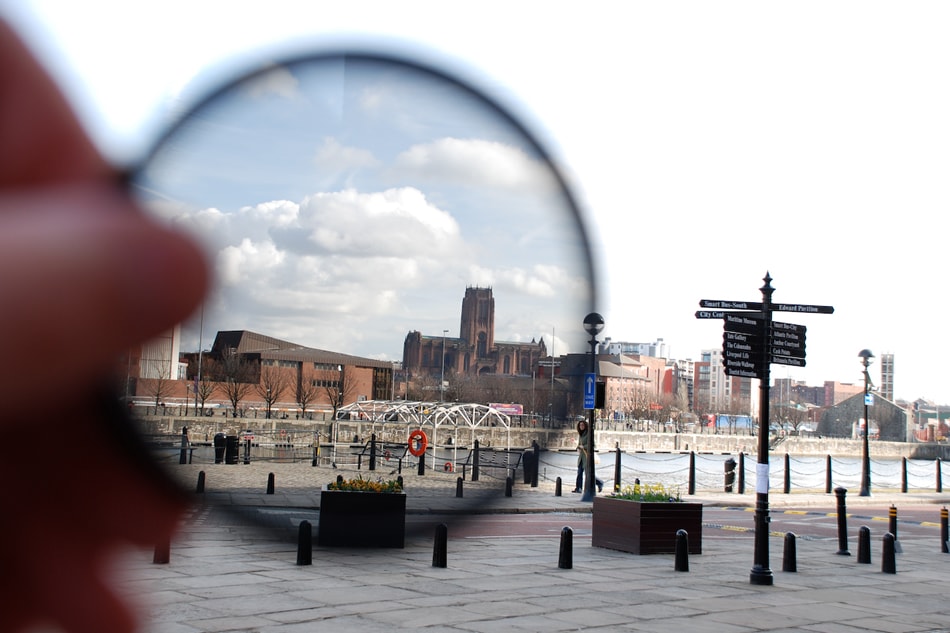
Photo by Dave Kirkham
Even so, there'southward more than to using a polarizer than only putting it on and shooting. The secret to getting the best results with your polarizer involves knowing how to use it effectively. If you'd like to get the most out of your polarizing filter, here are some tips that will get you off to a great start.
Using the Filter
To get started, only screw the filter onto the lens, and arrange information technology by turning the ring. The bully thing about a polarizer is that you can look through the viewfinder, and brand adjustments until the picture looks exactly how you want information technology to. Just recall to turn the ring counterclockwise since clockwise could cause it to autumn off.
Things Y'all Can Do With a Polarizer
There's a lot of things you can do with a polarizing filter. Here are some great examples.
-
Capture Amazingly Bluish Skies
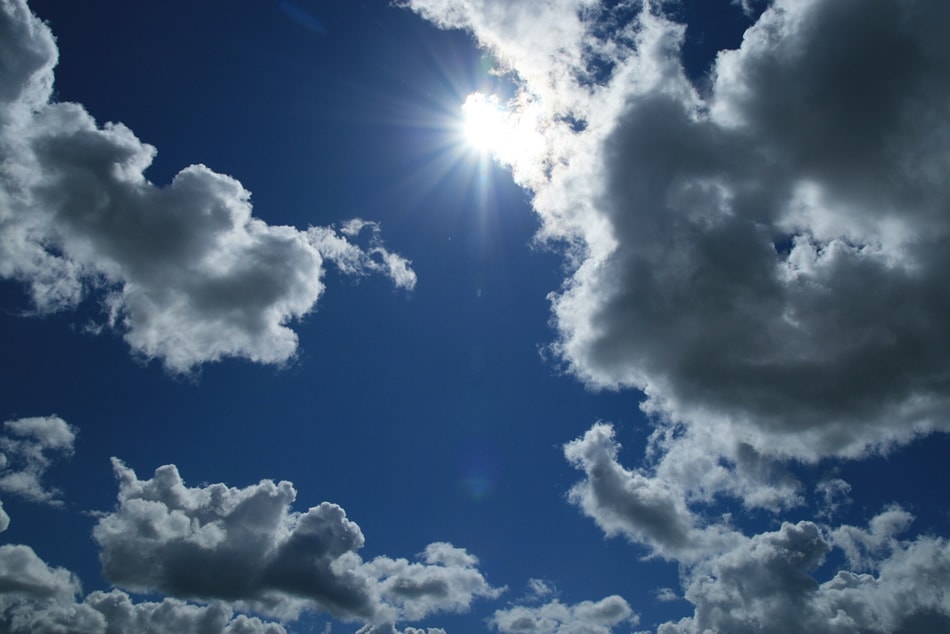
Photo by Franck MichelPolarizers are smashing tools for reducing the amount of haze in the air, resulting in deeper, bluer skies. But your polarizing filter won't be very useful if the angle of the calorie-free is incorrect. This is because polarizers work all-time when the light is oriented on a xc-degree axis to the filter. In other words if the calorie-free is directly behind you lot, or in front as it is when shooting into a dusk, the furnishings will exist minimal. The best angle for the light is to your side, or direct overhead.
A good way to notice a 90-caste bending to the sunday is past making an 'L' shape with your thumb and forefinger, and pointing your finger at the dominicus. However pointing at the sun, rotate your hand both clockwise and counterclockwise. The area that your thumb points in any direction is where the maximum outcome of polarization will exist.
-
Reduce Reflections and Glare

Photo by Jonathan MuellerWhile reflections aren't e'er a bad thing – in that location are some situations where y'all may wish to eliminate or reduce them in your images. Polarizers are ideal for times where you'd similar to see through the surface of the water to photo the shallows. Just pay attention to the angle that y'all're shooting at. If you're photographing directly above, the water will be more transparent, but shooting lower, from a side angle, it will exist less so. Polarizers are also ideal for eliminating glare. Specially if you're photographing through glass, for example, or capturing landscapes after the rain, since they tin can help to remove the shiny surface glare found on wet rocks or other surfaces.
-
Capture Amazing Rainbows
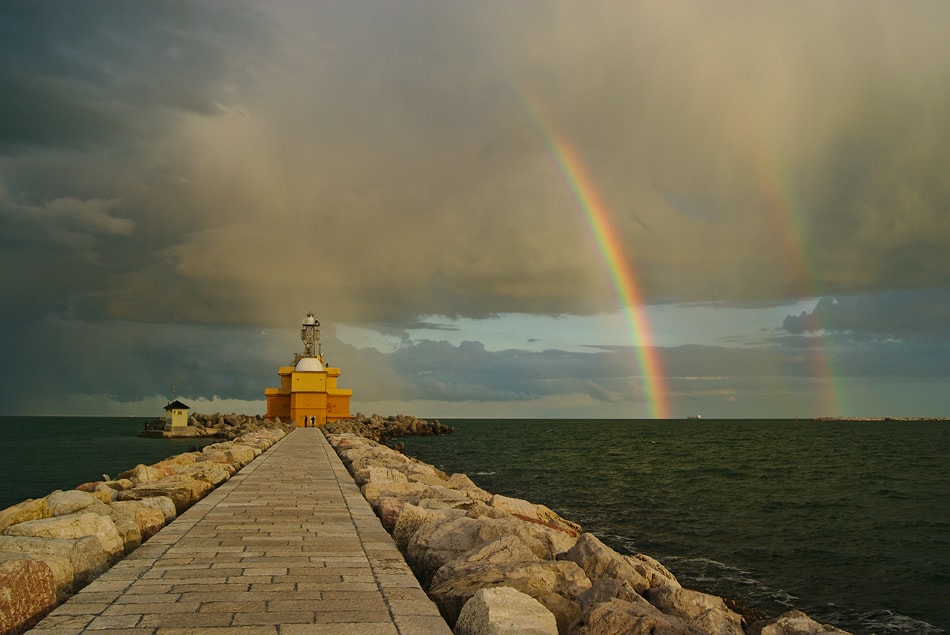
Photo by Zoltán VörösA niggling-known fact most polarizing filters is that they are excellent for shooting rainbows. Nevertheless, it'southward of import to know how to use them properly, since, in some cases, polarizers tin can make a rainbow disappear completely. When shooting rainbows with a polarizer, yous'll desire to twist the filter to just the correct betoken to darken the groundwork clouds and create a bright and bold prototype of the rainbow.
-
Photograph Soft, Misty Water
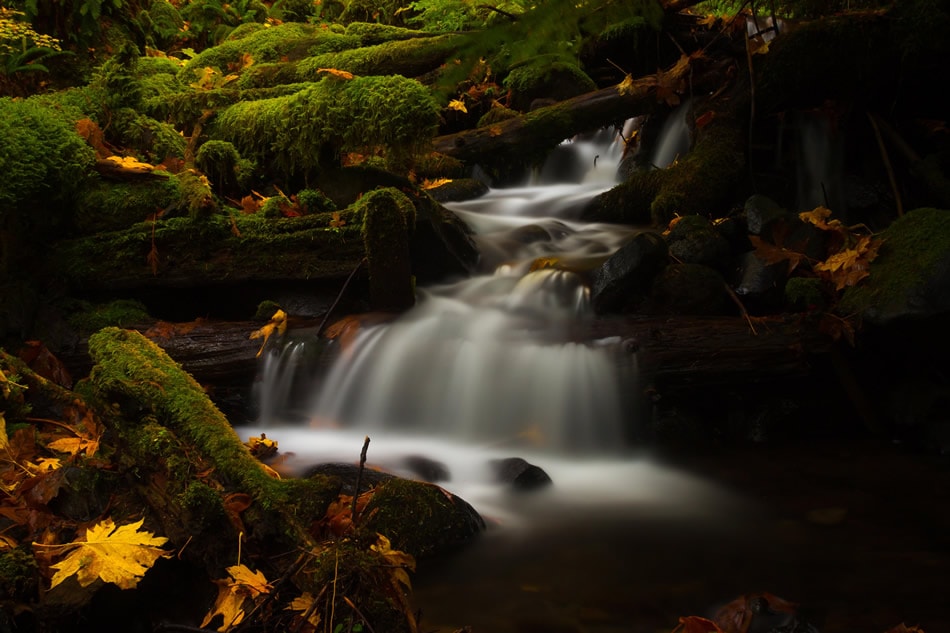
Photo by Luke DetwilerWant to capture soft, silky waterfalls? With polarizers, you can! Since the filter volition block out some of the light, you lot'll be able to use a longer exposure to mistiness the movement of the h2o, allowing you to capture silky, soft waterfalls or gently blurred ocean waves. Of form it won't supplant a practiced ND filter, only it tin help.
-
Watch Out for Unnatural Skies
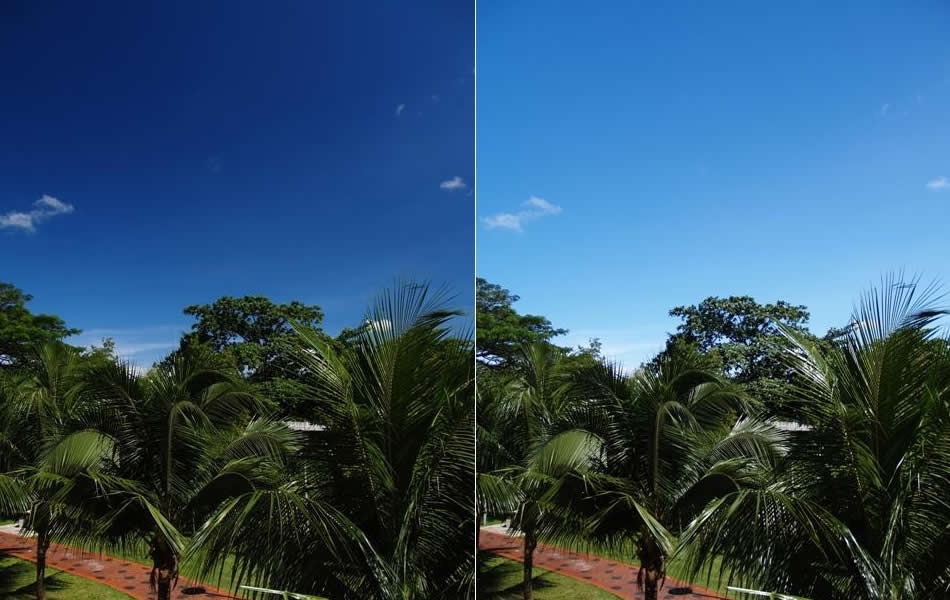
Photograph by SachinChitaleWhile a polarizing filter is great for darkening the skies, take care that the epitome doesn't come out too night or unnatural. In some cases, a polarizer volition make the sky an unrealistic shade of blue. You can combat this by adjust the outer ring to reduce the polarizing effects, or by taking a shot without the filter just in case it's amend. Another issue with polarizers is that when used with a wide bending lens, normally wider than 24mm on a full-frame camera, at that place'due south a risk of creating a gradient effect of different shades of blue in the sky. Shooting just to the side of the sun will accentuate this effect, so if you notice that your sky isn't fifty-fifty; attempt pointing your camera farther abroad from the sunday for a more even effect.
-
Prevent Blur
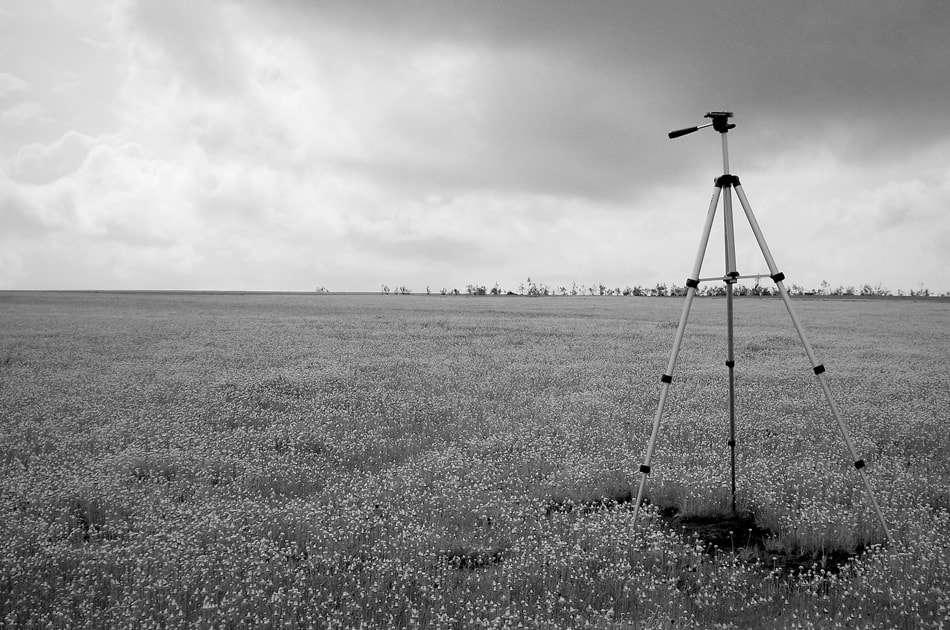
Photograph by nilesh1foruBecause a polarizer can block 2 to three stops of light from your camera, depending on the degree of polarization it's set at, you'll accept to use slower shutter speeds to compensate. When using longer exposures, remember to utilise a tripod to reduce camera milk shake that tin disrupt your images.
As you can meet, polarizing filters are a great add-on to your photography kit, and an easy way to capture images with deeper, more saturated colors. Since they're small, they're no trouble to throw in your bag and take out with yous when you lot're capturing mural images – specially if you lot're going to include the sky in your shots. Just recall to buy the right size polarizer for your lens filter holder, and if possible, choose a quality piece of glass – similar B+W Kaesemann, or even Tiffen or Hoya for the best results.
Practise you use a polarizer for your landscapes?
How To Use A Polarizing Filter,
Source: https://contrastly.com/tips-tricks-on-using-a-polarizing-filter/
Posted by: louisterew1970.blogspot.com



0 Response to "How To Use A Polarizing Filter"
Post a Comment